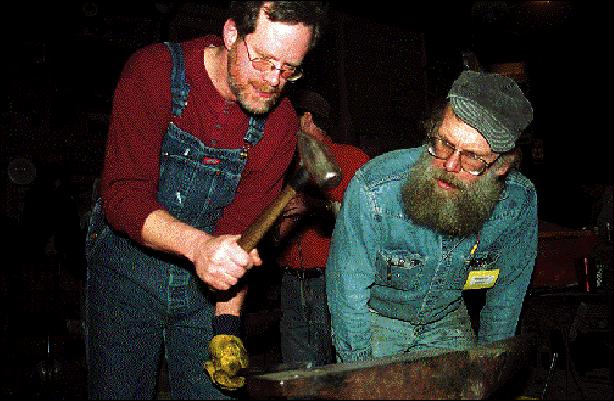
Herald photos by Garret Leiva
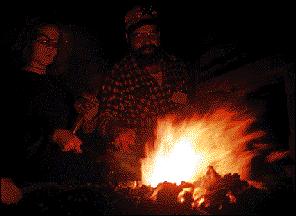
Just ask East Bay Township blacksmith Dan Nickels.
This past weekend, Nickels blacksmith shop was the site of the seventh annual “Folly at the Forge.” Nearly 80 fellow blacksmiths donned their safety glasses and coveralls for a weekend of fire, ice and friendship. Held at Black Rock Forge near Rennie Lake, the three-day event paid homage to an old world craft that has shaped civilization for the past 5,000 years.
To make sure the blacksmith shop remained in full swing, Nickels invited several metal workers who showcased their handiwork. Demonstrations included identifying steel, spark tests, tempering and carbonizing. Participants also received hands-on lessons in creating metal animal faces and fusing ground glass to copper.
Fred Franchino of Boyne City was among those trying their hand at copper enameling. Using tin snips, files, hammers and a coping saw, Franchino and his grandson, Peter Warnos, crafted everything from a leaping frog to a decorative outlet wall plate.
“It’s a neat process, banging something out of copper,” said Franchino, a metal worker who creates pocket doors for fireplaces. “It’s like making cookies but at much higher temperatures.”
For Trish Bode, who started blacksmithing eight years ago, events like “Folly at the Forge” provide not only a place to reshape steel, but ideas as well.
“There is always something you can learn from, even if it’s what not to do,” said the Royal Oak resident. Bode attended “Folly at the Forge” with her 12-year-old daughter, Toni — herself an accomplished blacksmith whose work has been displayed in prominent art galleries.
Learning from others is a time-honored tradition in blacksmithing. Those seeking to become full-fledged blacksmiths usually follow prescribed stages of learning dating back to Medieval times. These steps include floor-sweeping apprentice and journeyman who often study under the tutelage of old-world masters in Europe.
While most people never become master level blacksmiths, ‘weekend’ smiths should learn one important lesson from the masters.
“Someone once said that being a master means you can figure out how you did it last time faster than anyone else,” noted Bode, a master potter and a full-time blacksmith.

Herald photos by Garret Leiva
Joe Konkoly of Grand Ledge brings the hammer down as Ron Bishop of Ypsilanti offers guidance and a trained eye. Bishop, a veteran blacksmith, was helping Konkoly create a dragon face out of steel.
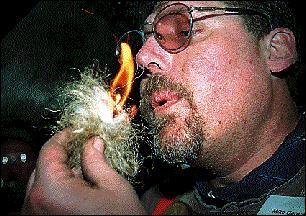
Mike Germain of Bay City uses flint, charred cloth, steel and a little bit of lung-produced oxygen to ignite this ball of baling twine.
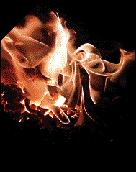
A piece of steel is heated to high temperatures using fire generated from coals.
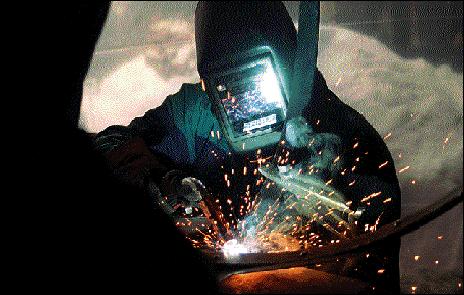
Matt Brener of Traverse City uses a welder to join sections of a steel sundial he created along with Rudy Edel of Gaylord.
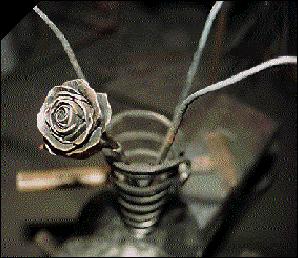
A delicate looking steel rose created by Gail Jones of South Boardman rests on an anvil alongside a hammer. With assistance from other blacksmiths, Jones created the “vase” from a 52 inch piece of steel, while the rose petals emerged out of five layers of
steel.